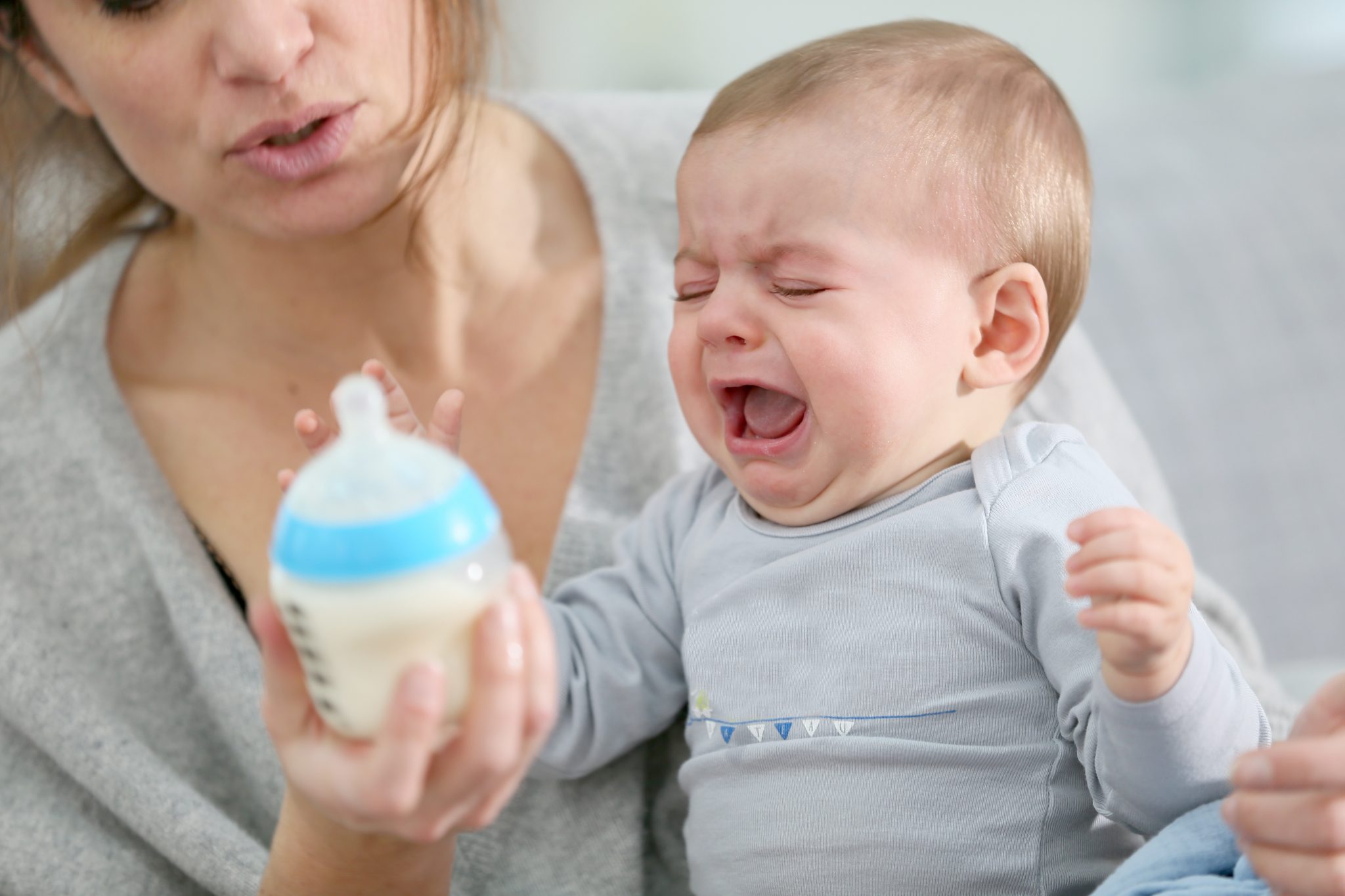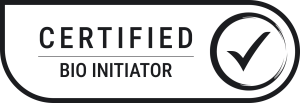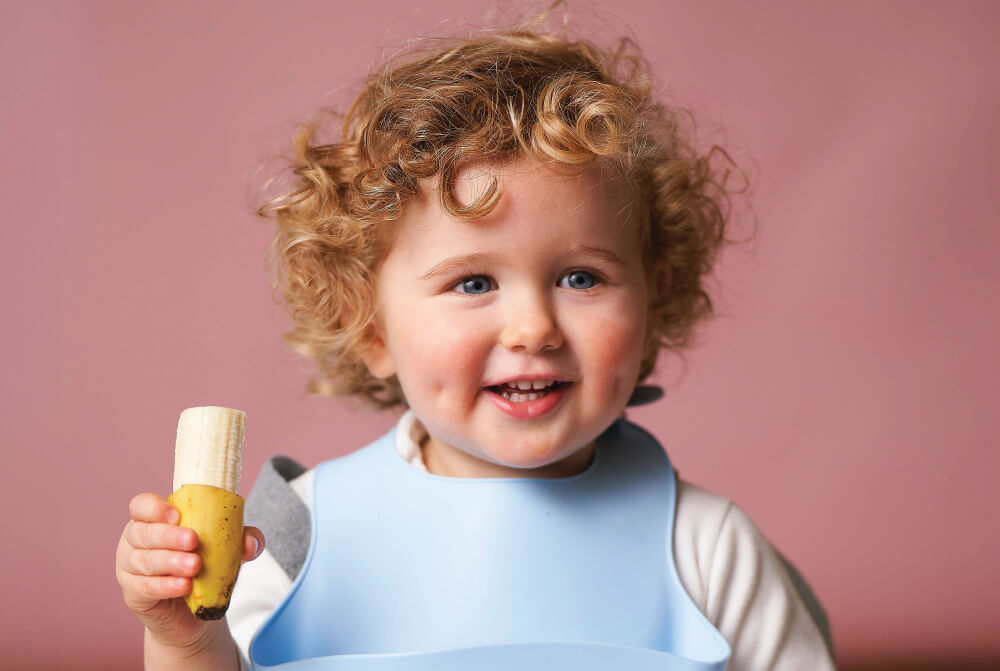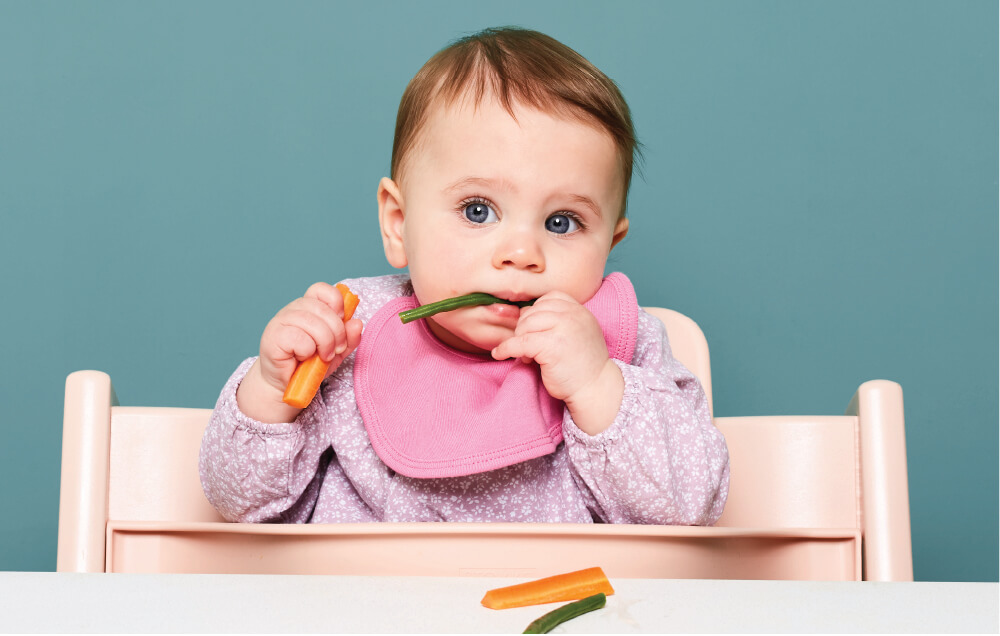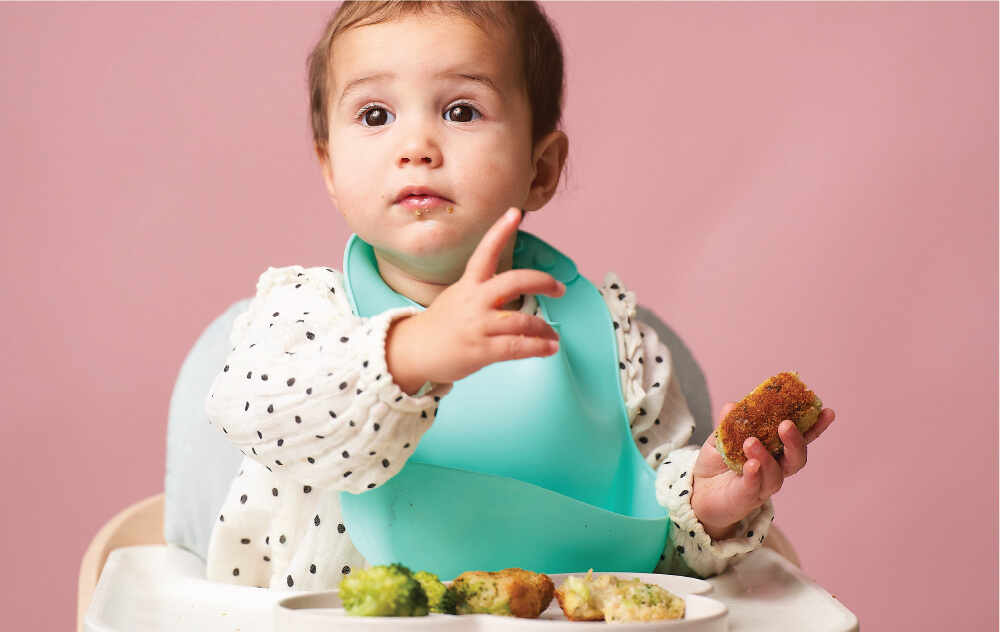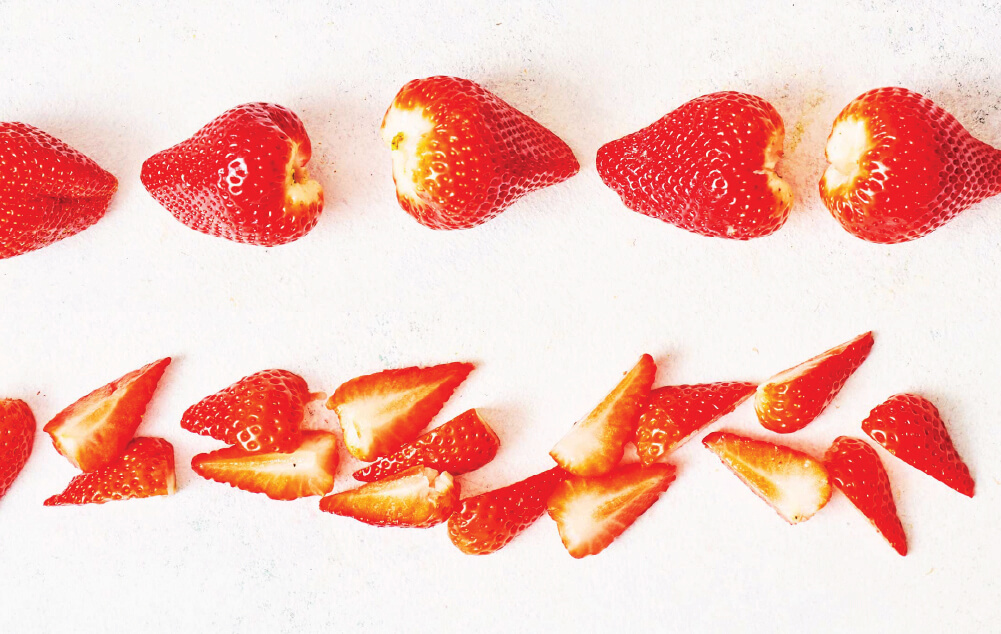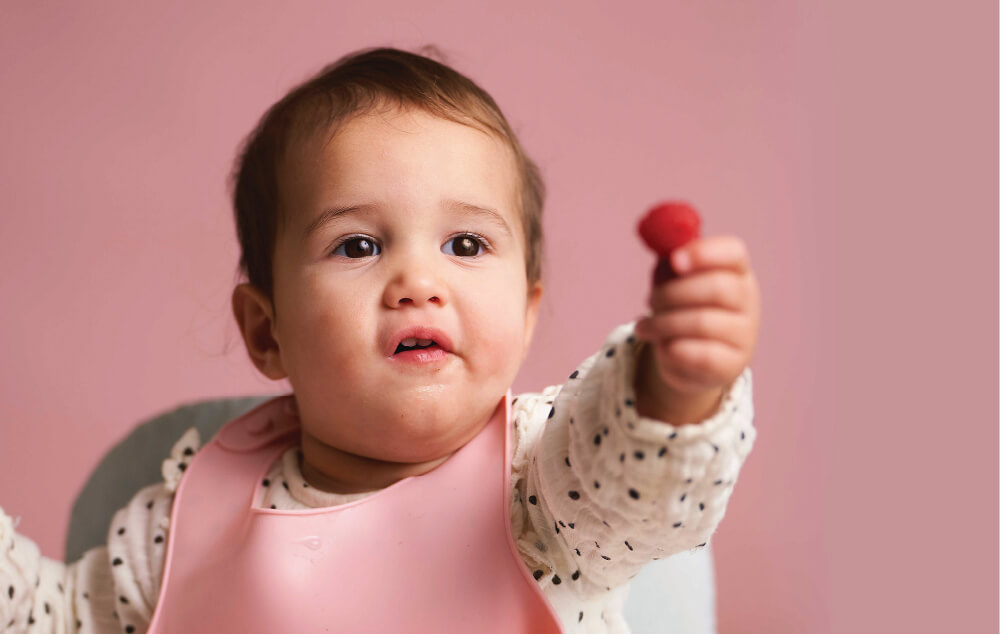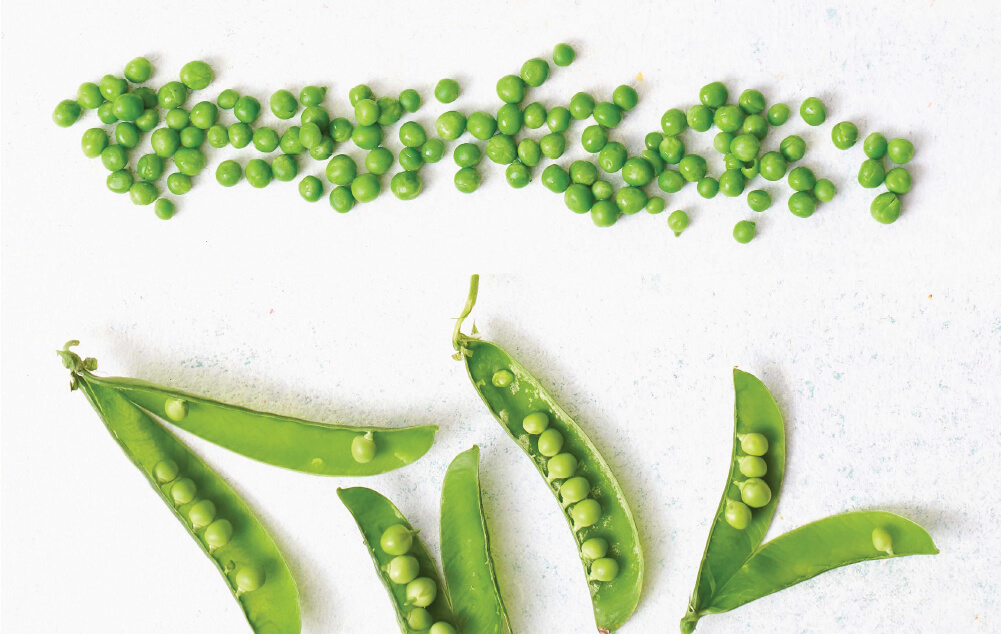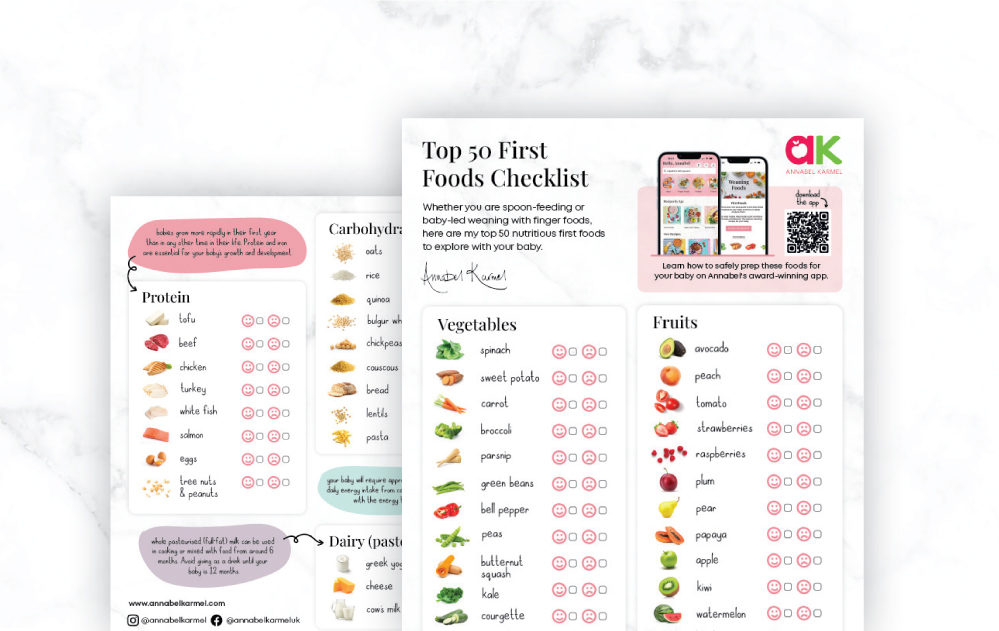Lactose intolerance is when the digestive enzyme lactase is missing and so the carbohydrate or sugar in milk called lactose can’t be digested. Primary lactose intolerance stays with your baby for life and is a genetic deficiency, but this is very rare in the Western world and is more often seen in Asia. More commonly, secondary lactose intolerance sometimes occurs after a nasty tummy bug, but your baby will tend to recover within about 6 weeks. There is also a type of lactose intolerance that we see in very young babies with colic. This usually lasts around 2 – 4 months or so.

What is lactose?
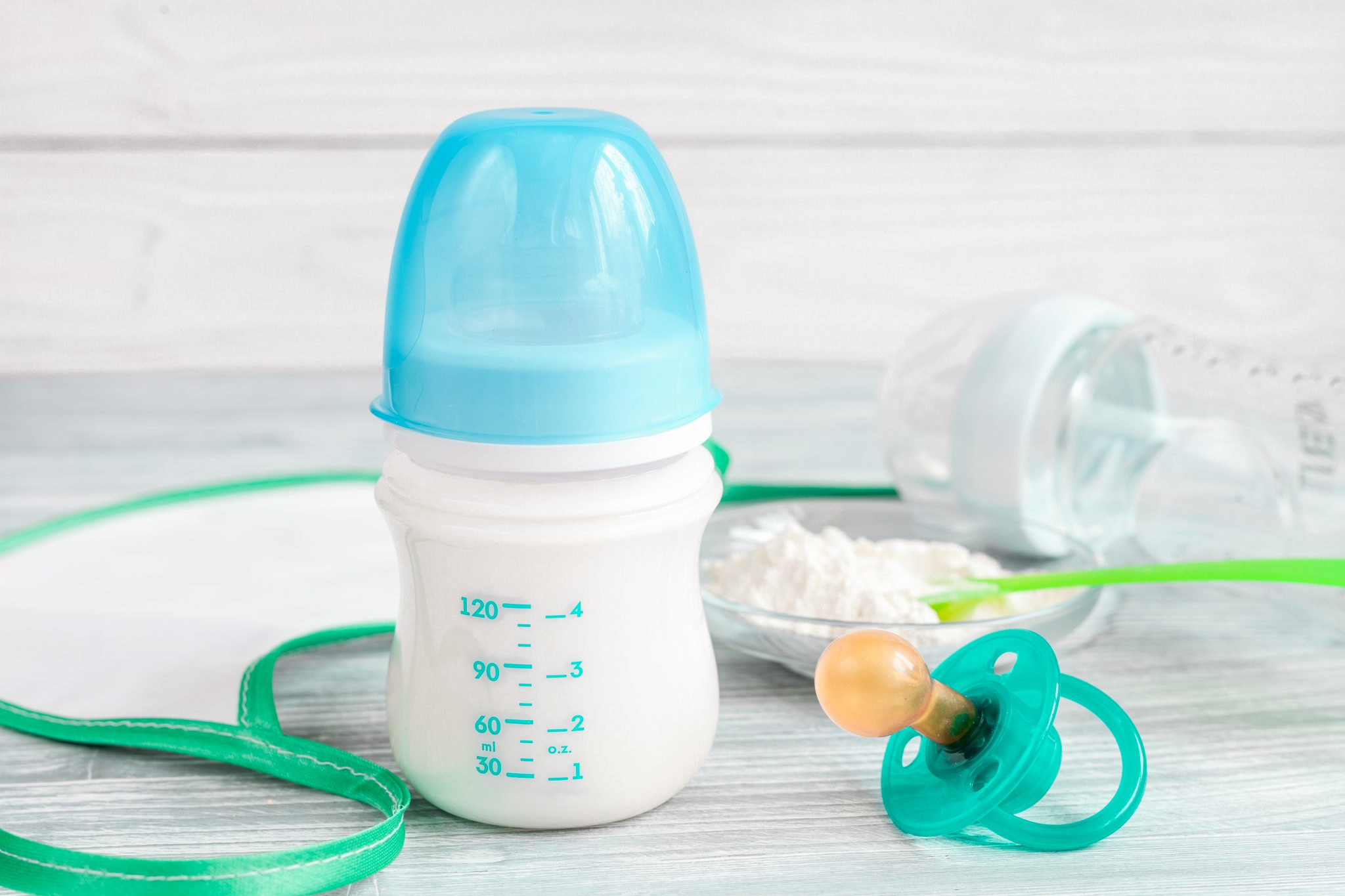
Lactose is the name given to the natural carbohydrate or sugar found in milk. It’s present in both breast milk and most infant formulas.
What are the symptoms of lactose intolerance?
The symptoms of lactose intolerance will always involve your baby’s digestive system and can include your little one experiencing diarrhoea, wind, bloating and sometimes nappy rash. Lactose intolerant babies often cry a lot and are uncomfortable which is why it’s sometimes linked with colic. It’s important to note that if your baby has mucus or blood in their poo too then it’s not a lactose intolerance and you should see your GP.
Lactose intolerance is diagnosed by a doctor taking a detailed history and testing your baby’s poo for acid. Hydrogen breath tests that measure the amount of hydrogen your baby breathes out can also be done but it can be quite difficult to get young babies to do this effectively, so this test tends to be reserved for older children and adults.
Can I still breastfeed?

Breastmilk is very high in lactose but interestingly lactose intolerance is rare in breastfed babies. Cutting lactose out of your own diet won’t make a difference as your digestive system absorbs this completely before breast milk is produced.
Which infant formula will I need?
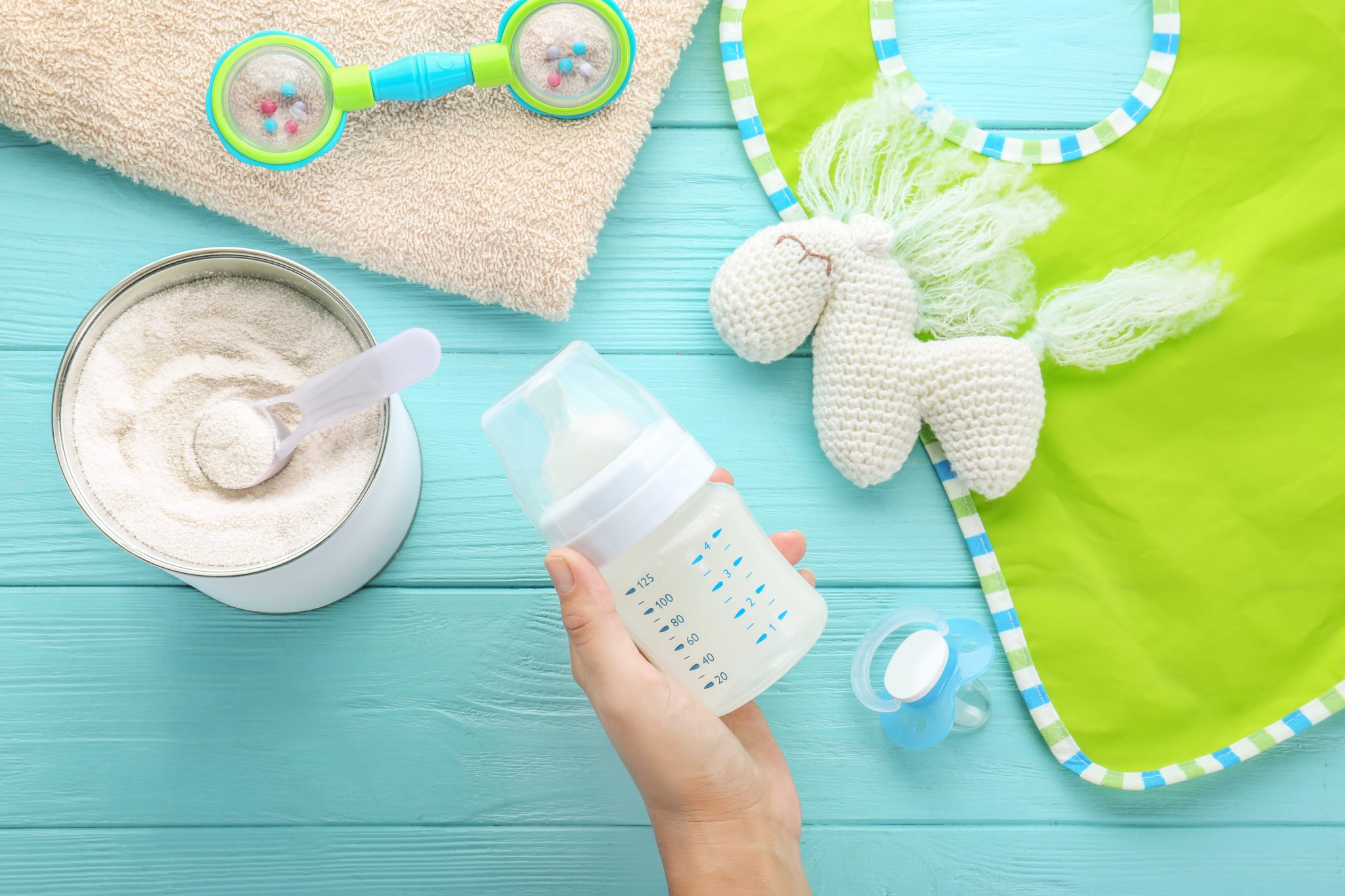
Lactose free formula is available which taste very similar to a standard formula, just ever so slightly sweeter. There are two brands available to choose from – Aptamil Lactose-Free and SMA LF Lactose-Free which can both be bought from chemists and supermarkets.
Lactose-free infant formula still contains cow’s milk protein and therefore is unsuitable if you suspect your baby has a milk allergy.
Weaning and lactose intolerance
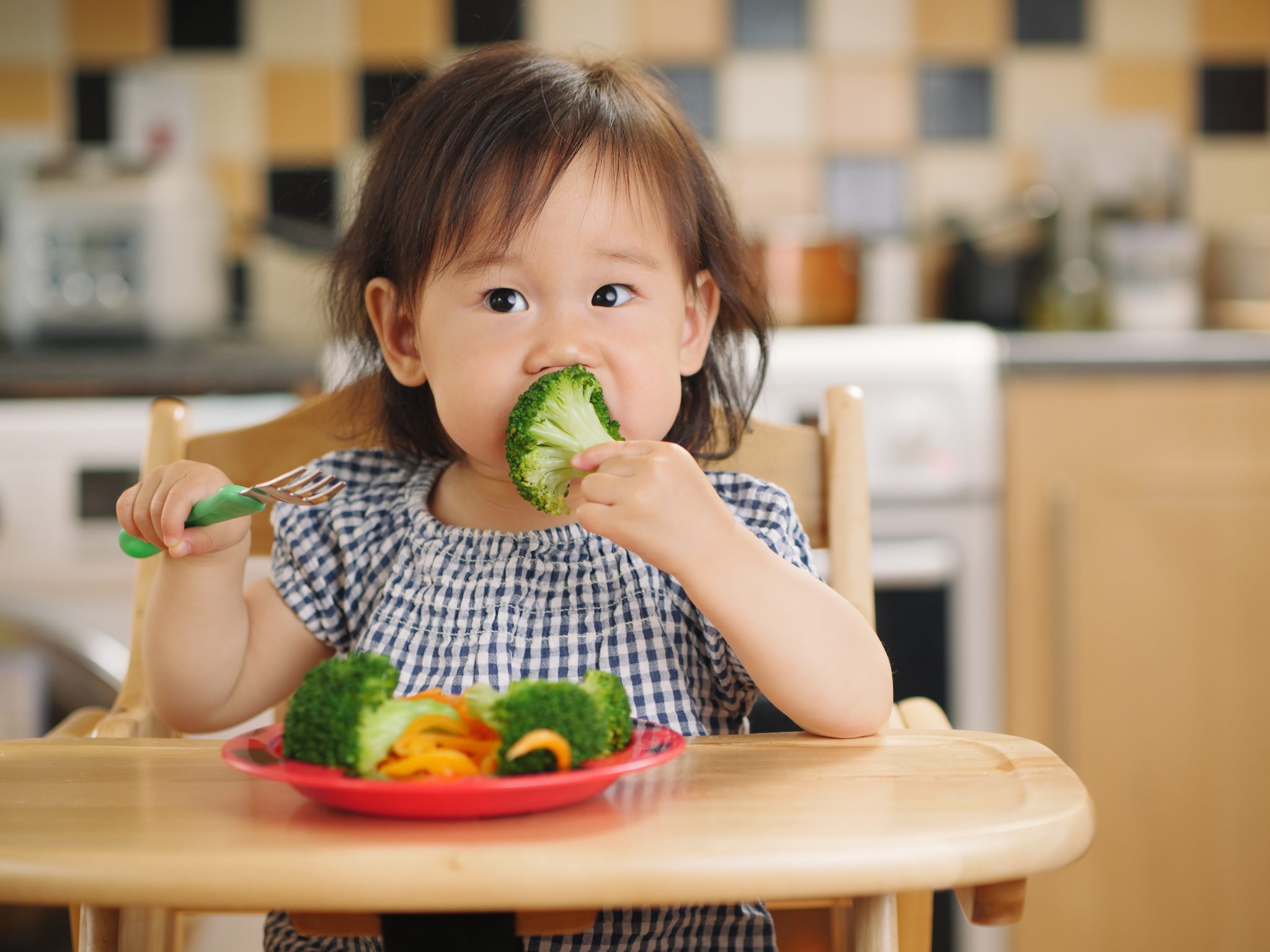
At the start of weaning, you don’t need to do anything differently. The usual vegetables and fruits are perfect for weaning a baby with lactose intolerance. As time goes on (and provided your baby is over 6 months) progress to adding in starchy carbohydrate foods such as bread, rice, pasta, cereals and grains and proteins such as eggs, meat, fish, beans, lentils and other pulses, so that your baby has a varied diet consisting of three meals a day by 6 ½ – 7 months of age.
How strict do I need to be?
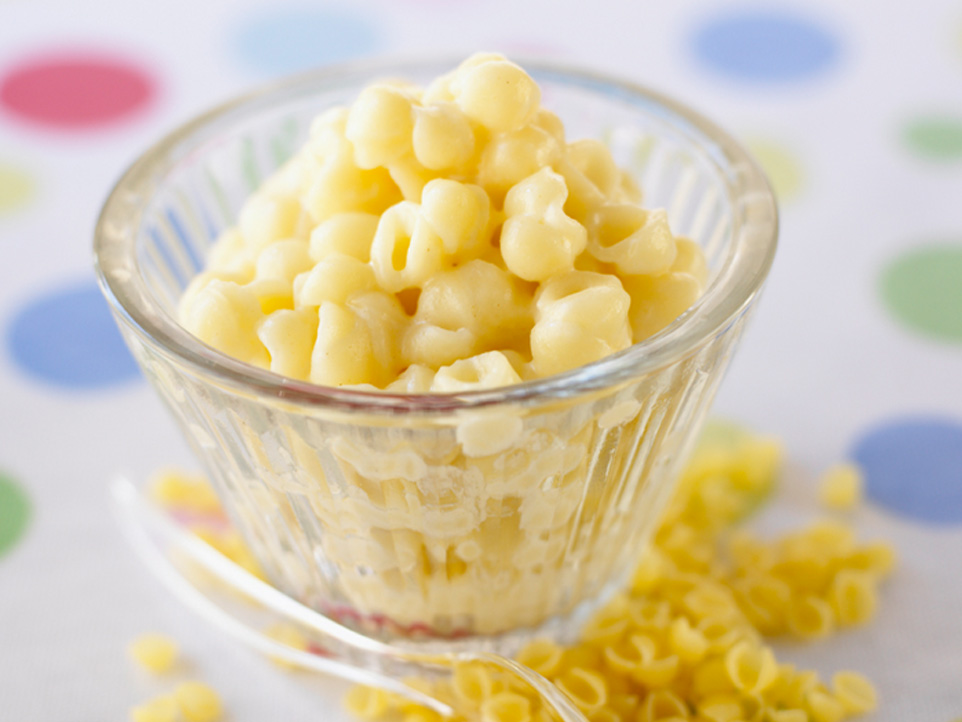
You only need to avoid food high in lactose which is found in milk and foods made from milk like custard or ice cream. Hard cheeses, butter and yoghurt are milk products that are naturally low in lactose and are often well tolerated by babies who have lactose intolerance. Softer cheeses such as feta, mozzarella and spreadable cheeses contain a little more lactose but it is still relatively low.
You may also find that your baby can tolerate a certain amount of lactose-containing foods but has a threshold that they can’t exceed before their symptoms return.
What about plant-based milks?
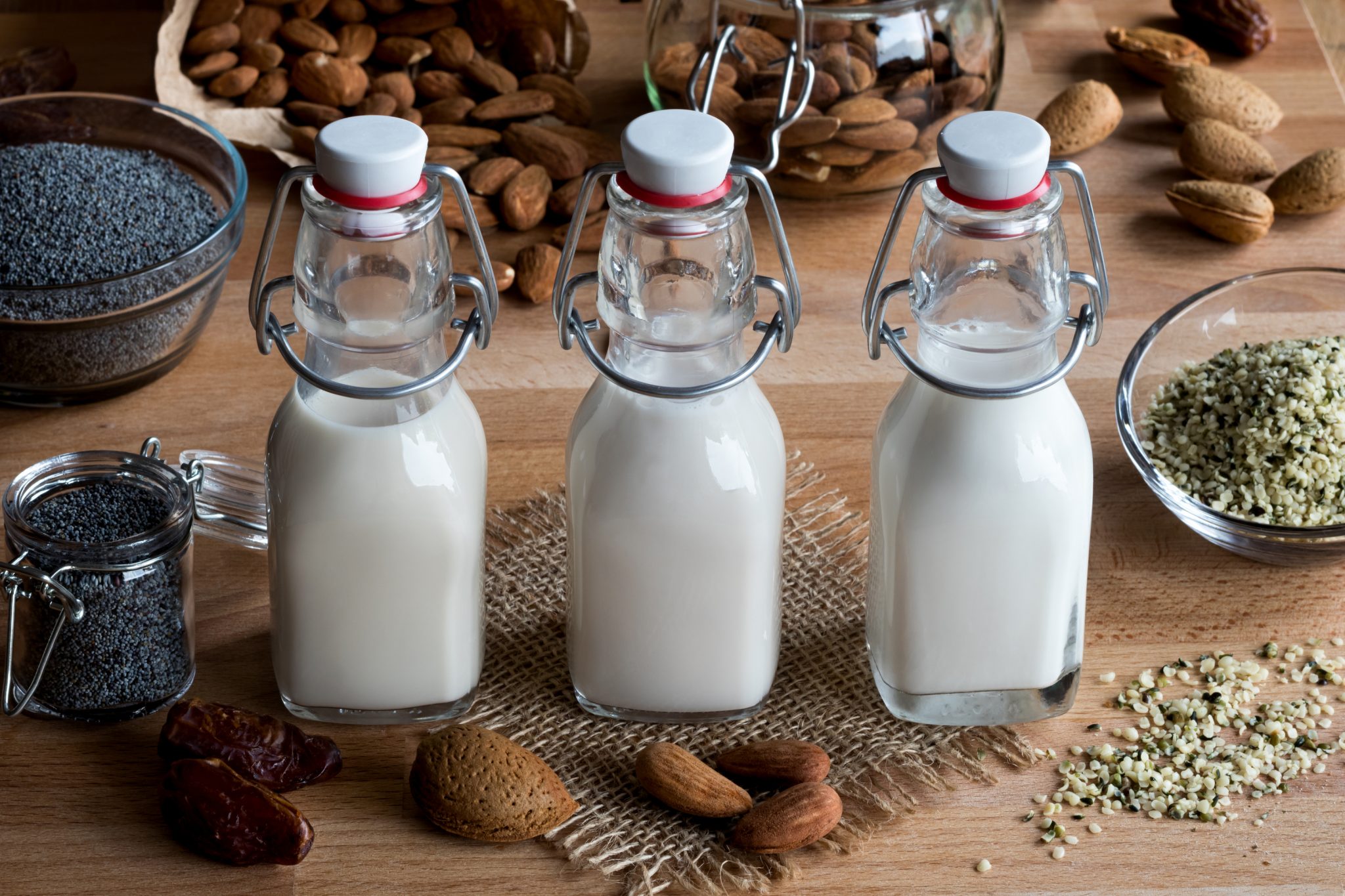
Shop bought plant-based milks such as almond milk, oat milk and hemp milk can be used in cooking but are a poor source of nutrition and so shouldn’t replace breastmilk or formula. If you do use these then look for ones enriched with added calcium.
Rice milk is not suitable for children under 5 due to the naturally occurring high levels of inorganic arsenic.
Will my baby get enough nutrition?

Yes, provided you still offer low lactose dairy foods and lactose-free infant formula. If you find that you are having to cut out other food groups seek the help of a dietitian. Your health visitor or GP can refer you to an NHS one or you can find a private practice one here.
Will my baby grow out of their lactose intolerance?

It’s very likely yes and most likely it will be gone by 7-9 months of age. It’s easy to test by reintroducing a small amount of milk into their diet and seeing if their diarrhoea, wind and bloating returns. It’s quite safe to do this at home. If the symptoms do come back then go back to following a lactose-free diet and try again in a month or so. If your baby is still lactose intolerant by her first birthday, do seek the advice of a registered dietitian.


